Note the crosses which are worn to this
day by Pope John Paul
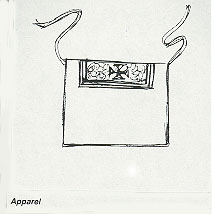 |
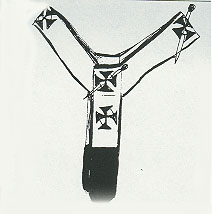 |
|
The Catholic Encyclopedia (1991), Paratura: comes from
French appareiller ("to make fit") and refers
to a small oblong panel of embroidery on the cuffs and at the
front bottom part of the alb, as well as along the top portion
of the amice. The apparel can be of gold or silver thread, as
well as of the appropriate liturgical color for the day (except
black) |
Ibid., p 713- A Pallium: The circular band of white
wool with two hanging pieces (front and back) decorated with
six black crosses, worn over the shoulders by all metropolitan
archbishops and by the Pope himself. Its origins
are somewhat obscure.
It is used in the ceremony for blessing the lambs from
whose wool the pallia are woven annually takes place on January
21, the feast of St. Agnes |
|
Notice the crosses in this pattern used for
witchcraft taken from a book: Mormonism, Magic and Freemasonry,
Utah Lighthouse SLC - 1988 p 17. Masons attach great importance
to emblems. |
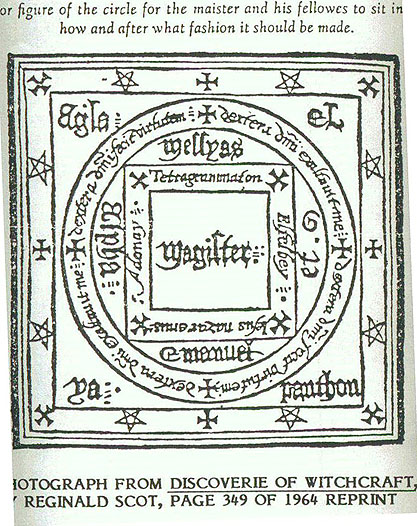
|
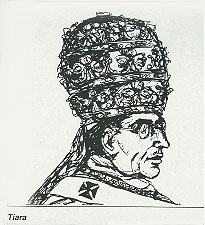 |
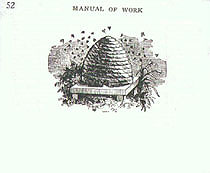
In Masonry the bee hive is an emblem of industry, and recommends
the practice of that virtue to all created beings, from the highest
Seraph in Heaven to the lowest reptile of the
dust. (Masonic Manual p 52) |
|
Tiara described: Ibid., p 933 (Note the cross on the
collar ) Tiara: the crown or ceremonial headdress proper to the
Supreme Pontiff. Shaped like a BEEHIVE. It is made of silver
cloth (sometimes gold) with three golden crowns ornamented with
precious stones. A small cross sits on its highest point. The
three crowns or diadems give the tiara its other name, tiregnum
or "threefold rule."
The first coronet may be taken to symbolize the Vicar of
Christ's universal episcopate, the second his supremacy of jurisdiction
and the third his temporal influence.
The tiara traces its origin, like the mitre, to the ancient
phrygium, which was given to the Popes as a privilege
by CONSTANTINE and later given to other
bishops. However, as with the mitre, it owes its ultimate origin
to the Old Testament priesthood. It simply developed in a different
direction because of the universal and supreme authority conferred
by Christ on Peter and his successors... any future Pope is free
to be crowned with it.. |
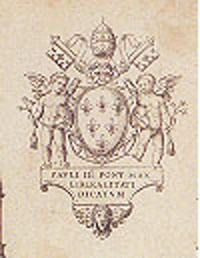 |
|
Notice the bee hive, the two crossed keys and six bees. This
crest appears with Facade of Saint Peter's. 1548 p. 83 |
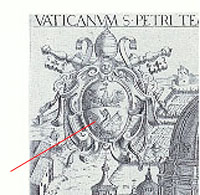 |
Notice the dragon on this crest, also portrayed with
St Peter's 1615 p.1081 1620, 1628 p 101 |
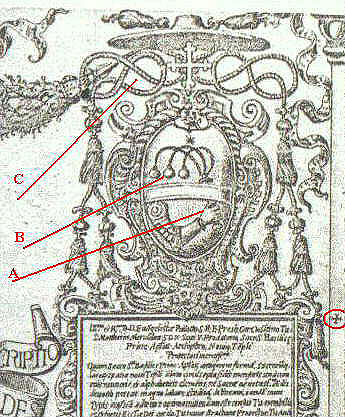 |
|
Taken from Vatican Treasures, 2000 Years of Art and
Culture in the Vatican and Italy. This crest was part of an architectural
plan of "Old Saint Peter's, 1589-90 (cat. no 22) (A) The
hand is symbolic of Masonry and represents the hand of God. (B)3
circles on chains = 3 great lights- the sun, moon and stars (trinity
of power, wisdom, harmony - creation, dissolution and reproduction
by all creeds in their numerous Trinities) (C) The cord and a
certain knot "Brezel Knoten" has to do with eternal
life. Note the cross in the top. It doesn't have the rose in
the middle but the shape is that of the Rosae Crucis Mystical
Order. The four sides are of equal length. |
|